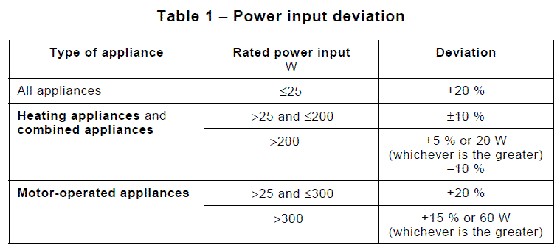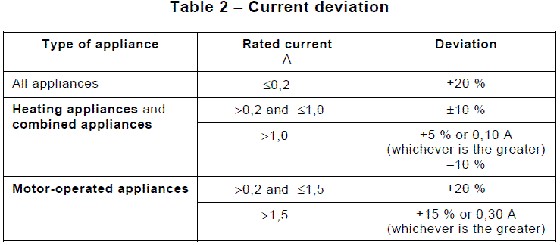|
|
|
timmmay: which uses about $120 of power a year in standby
You can never have enough Volvos!
timmmay: The Powershield Theatreguard looks good too, but it's pretty expensive.
You can never have enough Volvos!
Niel:timmmay: which uses about $120 of power a year in standby
$120 per year / 0.21c per kWh = 571 kWh per year
571 kWh / 365 /24 = 65 W
I don't think the TV and DVD uses 65W in standby. It will be more like 10W together.
Read this thread: http://www.geekzone.co.nz/forums.asp?forumid=34&topicid=97887
Product rating labels need to be within 10% and they get tested by certified labs, trust the supplier specifications.
timmmay: Which is the best device if I want to keep a TC cable box on all the time (because of the boot up time) and have it switch off a TV, DVD player, etc? This is for my flatmates room, which uses about $120 of power a year in standby.
My two TVs (office and lounge) are switched off at the wall, but getting access is quite difficult. They're also both plugged in directly to the wall on their own power outlet, and there's not really room to put much else back there. I could probably run the cable down a duct for one of them, not sure it'd fit though.
The other electrics are run off another power point. Right now I switch it off at the wall, but it's a nuisance. I guess a foot switch would be best, and reasonably discrete, especially if I can get the TV cord down the duct.
Signature goes here.
You can never have enough Volvos!
Jimmy22: I like the google based web page you have linked to all your posts, perhaps the addition of the power meter i use and auto off devices would be a worthy update there for those interested punters out there ?
Niel: Product rating labels need to be within 10% and they get tested by certified labs, trust the supplier specifications.
Skolink:Niel: Product rating labels need to be within 10% and they get tested by certified labs, trust the supplier specifications.
What standards are you referring to? As far as the compulsory safety standards go (AS/NZS 60335 or 60950 series), only heating appliances need to be within +/-10% of the rating on the appliance label.
Other electronic or motor operated appliances such as TVs, IT equipment, fans etc need only be within +10% of the rating on the label (not ecxeed it by more than 10%).
So the current rating on electronic devices is only the maximum, don't use it to draw any conclusions about how much the appliance actually uses.
You can never have enough Volvos!
Niel:Skolink:Niel: Product rating labels need to be within 10% and they get tested by certified labs, trust the supplier specifications.
What standards are you referring to? As far as the compulsory safety standards go (AS/NZS 60335 or 60950 series), only heating appliances need to be within +/-10% of the rating on the appliance label.
Other electronic or motor operated appliances such as TVs, IT equipment, fans etc need only be within +10% of the rating on the label (not ecxeed it by more than 10%).
So the current rating on electronic devices is only the maximum, don't use it to draw any conclusions about how much the appliance actually uses.
Most products sold here do not comply with only ANZ standards, they comply with multiple international standards.
An electric fence energizer is not a heating appliance, but also needs to be within +/- 10% of the rating label.
Which standard requires only below +10% of the rating label?
Skolink: I forgot to look up the standards at work today (although we probably don't have access to them). I'm fairly sure the base appliance safety standard AS/NZS 60335.1:2002 differentiates between heating appliances and other appliances in terms of power and current ratings on the label. The labelling requirements are further detailed in the 'part 2' standards for example 60335.2.30 - "particular requirements for room heaters".
I should note its been a little while since I did any compliance testing, so perhaps the standards have been changed.
You can never have enough Volvos!


Niel: With electric fence power adapters we are in a peculiar position where the standard calls for a combination of appliance and ITE spec, I think it was having a double Y-cap across the isolation barrier of a switch mode power supply, but such a thing does not exist from power adapter manufacturers. Fortunately I do not have to deal with those issues, I'm designing animal weigh scales.
|
|
|
